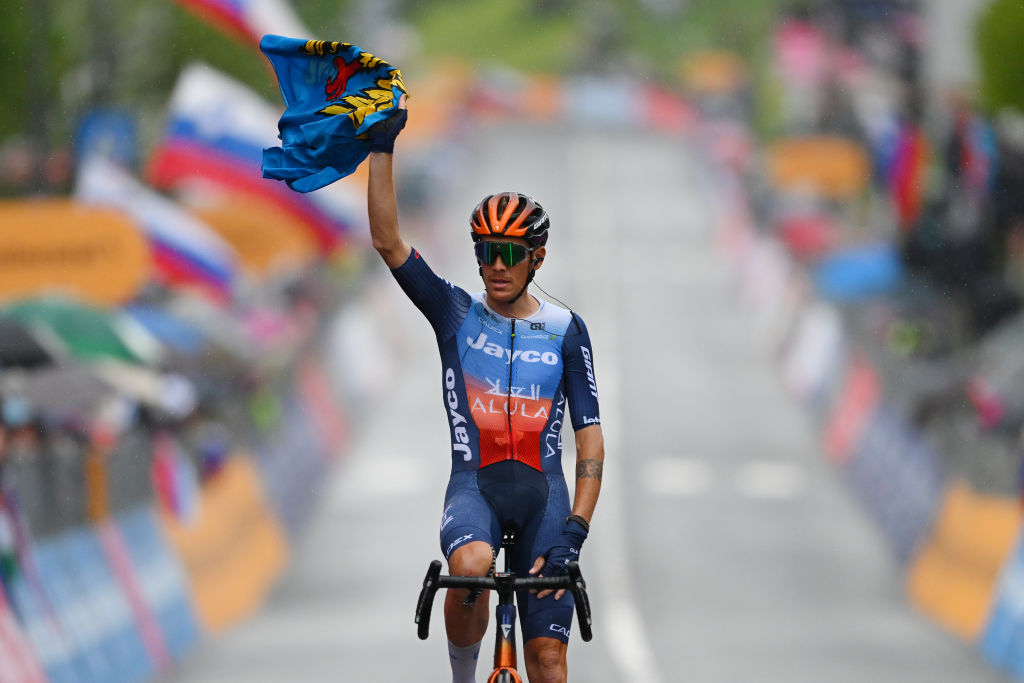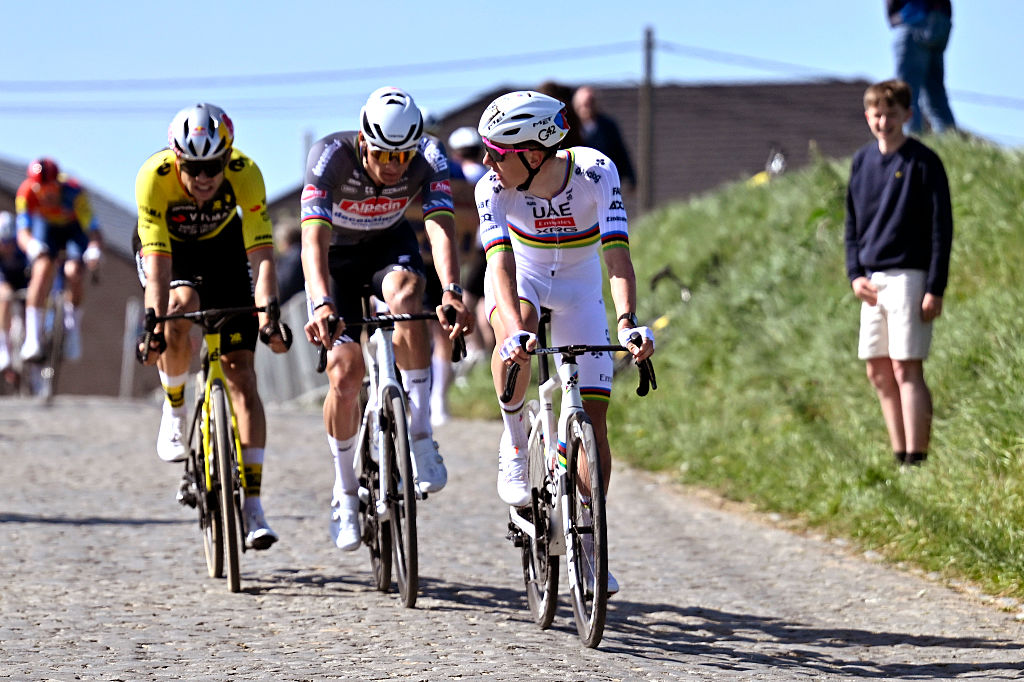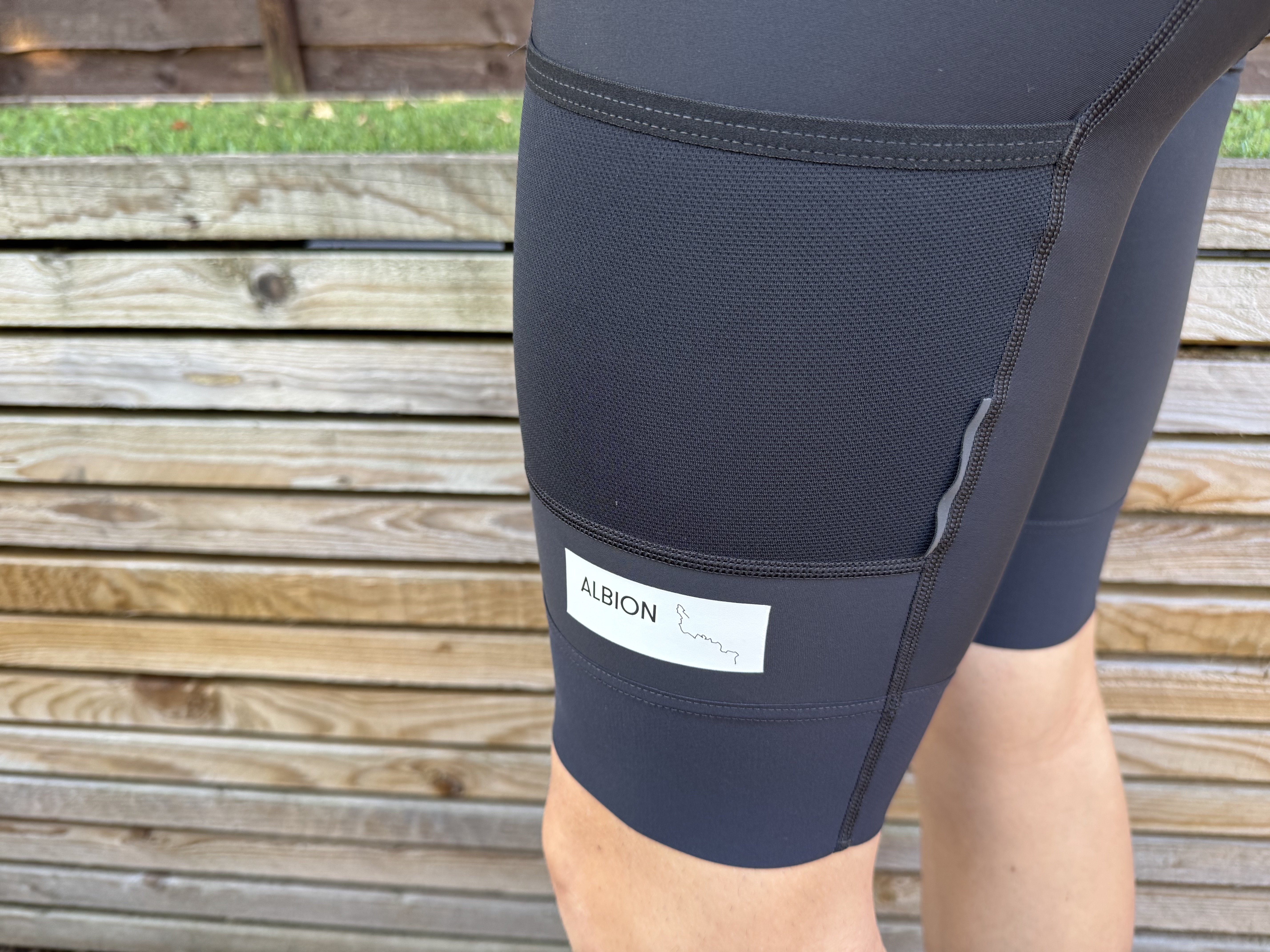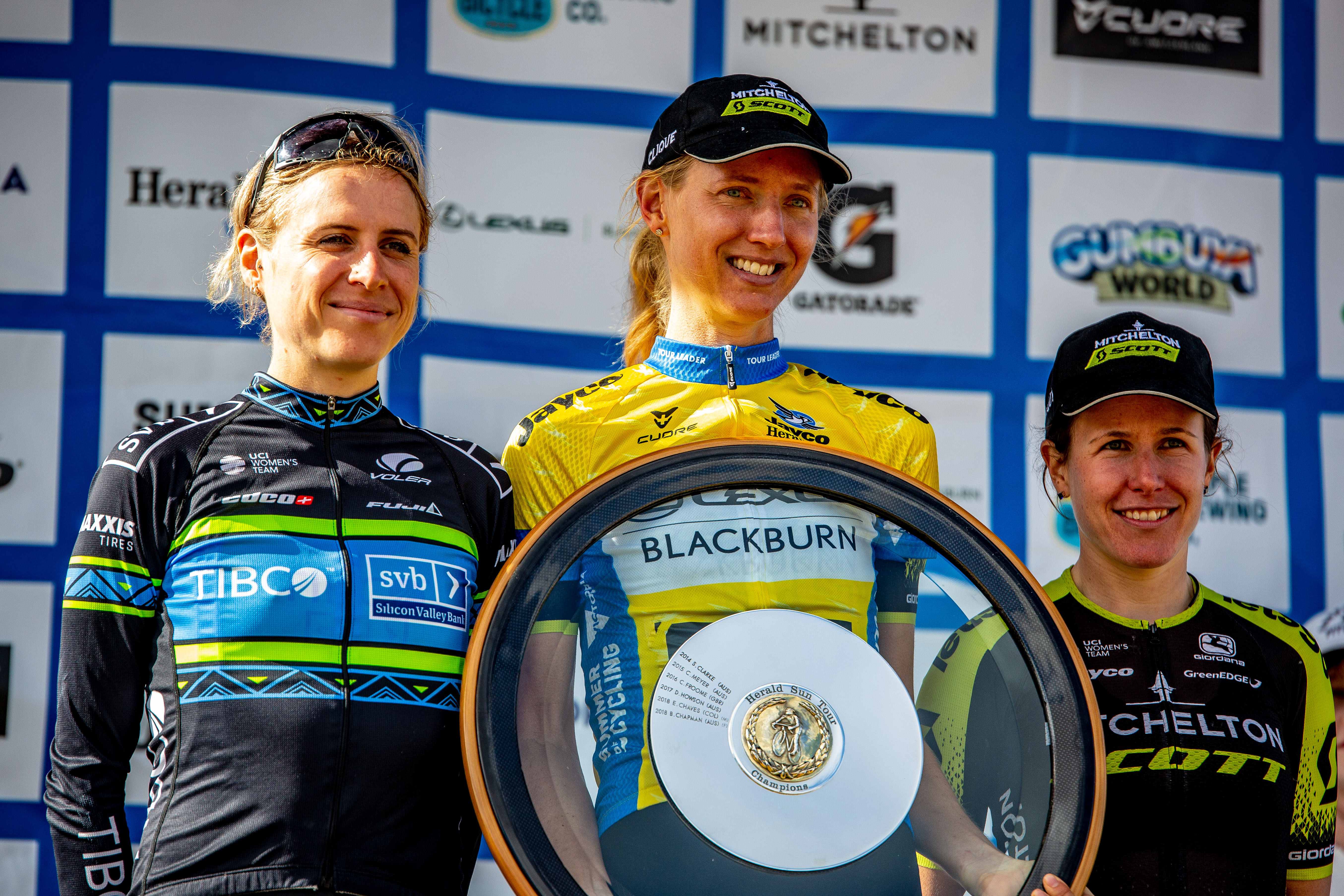Preview: Milan-San Remo recaptures classic formula
Sprinters amongst the favourites
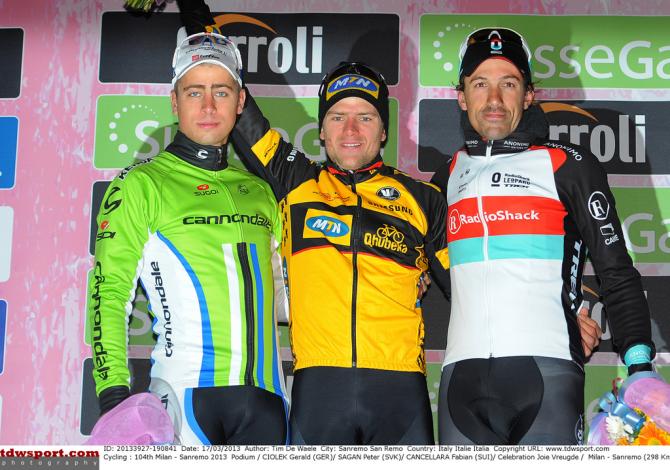
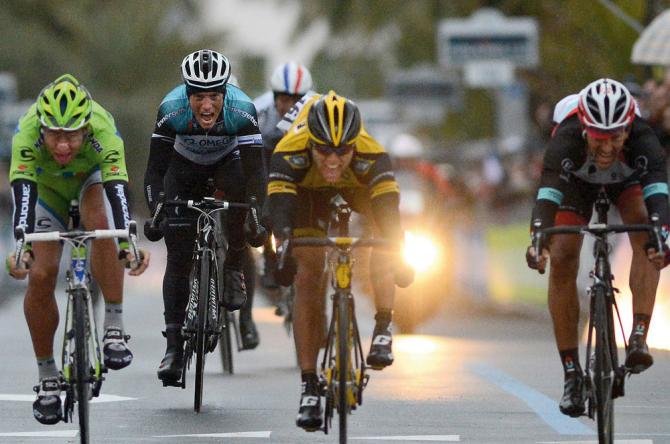
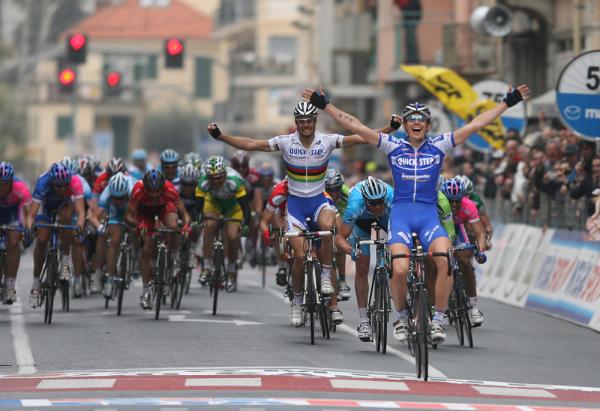
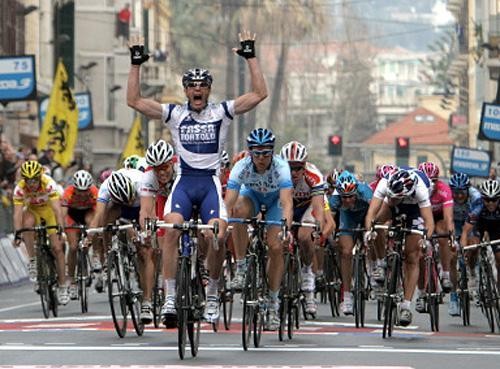
After a late reprieve, the sprinters will be out to leave their mark on Milan-San Remo for what could well prove to be the last time, but for all the apparent familiarity of its finale, La Classicissima has never been a race to follow a preordained script to the letter.
Over its history, the various tweaks made to the route of Milan-San Remo have helped the race strike a perfect balance and made it notoriously difficult to predict. An on-form sprinter will always fancy staying in contention through the rolling terrain over the closing 50 kilometres, but the capi are still just hard enough to give enterprising riders a fighting chance of staying clear.
This year, of course, all of that was supposed to change, with RCS Sport deciding to insert the tough climb of the Pompeiana between the Cipressa and Poggio, a move that effectively signalled the death knell to the hopes of the pure sprinters, and one that was set to radically alter the complexion of the race.
A landslide on the Pompeiana over the winter, however, has rendered the road unusable for this year’s race, and as an added bonus for the fast men, the climb of Le Manie no longer features on the route either. Instead, Milan-San Remo reverts to its "classic" (at least for those who grew up watching the race in the 1980s and 90s) pre-2008 parcours.
A number of sprinters, including Mark Cavendish (Omega Pharma-QuickStep) and André Greipel (Lotto-Belisol) hastily changed their plans to skip the race as a result of that act of nature, and if the spring classics were scripted in Hollywood, then the "Miracle on Via Aurelia" would inevitably end with a bunch sprint on Sunday afternoon.
It’s unlikely to be quite as straightforward as that, however. The sheer distance of Milan-San Remo – a gloriously anachronistic 294 kilometres – means that the capi provide a far stiffer test than one might expect, and the sheer amount of potential winners – no other classics boasts as many contenders – means that the attacking is relentless in the final 50 kilometres.
While Cavendish and Greipel will be aiming to hang on, the likes of Philippe Gilbert (BMC), Fabian Cancellara (Trek) and Simon Gerrans (Orica-GreenEdge) will among those trying to slip away. Somewhere in between lie riders such as Peter Sagan (Cannondale) and John Degenkolb (Giant-Shimano), quick enough to win a sprint and strong enough to follow moves on the climbs. The outcome of Sunday’s race will depend greatly on how they – and their teams – set out their stall on the capi.
Last year’s winner Gerald Ciolek (MTN-Qhubeka) remains a contender this time around, as do Sacha Modolo (Lampre-Merida), Alexander Kristoff (Katusha), Arnaud Démare (FDJ.fr), Heinrich Haussler (IAM), Matt Goss (Orica-GreenEdge) and Edvald Boasson Hagen (Sky) in the event of a sprint from a reduced group.
Filippo Pozzato (Lampre-Merida) is usually a consistent performer at Milan-San Remo, although 2006 apart, his hesitancy has proved costly. Team Sky’s classics unit will approach the race with increasing confidence after a fine showing at Omloop Het Nieuwsblad, while Greg Van Avermaet, Taylor Phinney (BMC), Syvlain Chavanel (IAM), Vincenzo Nibali (Astana) and – team duties allowing – Michal Kwiatkowski (Omega Pharma-QuickStep) could all be on the offensive at various times.
Picking a winner for Milan-San Remo is never a simple task – who would have picked Ciolek last year, for instance? – but despite the spread of contenders, the race is never a lottery. As three-time winner Oscar Freire put it earlier this week: "There's rarely been a surprise or a victory by a rider who was comparatively...bad. Everybody thinks they can win Milan-San Remo but it's only ever a champion who actually does it."
The route
While the absence of the Pompeiana and Le Manie has grabbed the headlines, there is another minor tweak to the route of Milan-San Remo, with the start shifted further from the centre of the city, to Piazza Sempione rather than Piazza Castello. It’s only a few hundred metres, but it’s symptomatic of RCS Sport’s uneasy relationship with Milan city council – the Giro d’Italia no longer finishes there, of course – and perhaps emblematic, too, of cycling’s current stock in Italy.
While RCS Sport has made impressive strides in attracting an international television audience for their races, engaging with young Italians is proving a difficult task. Crowds on the roadside at Roma Maxima were sparse, for instance, while the attendance at the start of Milan-San Remo is a long way removed from the stadium atmosphere of the Belgian classics. On the Friday before the race, meanwhile, cycling featured on just one of Gazzetta dello Sport’s 44 pages.
Once out of Milan, the race follows a familiar rhythm, through the chilly air of the plain of Lombardy towards the warmer climes of the Riviera. The ascent of the Turchino (143km) marks the beginning of the race in earnest, and perhaps the first attempt from Cannondale et al to put the sprinters under pressure.
A long flat section follows, however, and this is what makes the absence of Le Manie so important. Although Cavendish handled it well when he won in 2009, he admitted that was not until the following year that teams realised they could use the climb to distance the pure sprinters. Without it, a larger bunch should reach the capi and the fast men ought to be fresher to boot.
The Capo Mele (241km) signals the beginning of the end game, followed in rapid succession by the Cervo, Berta, Cipressa and Poggio. From here, the race adheres to a familiar pattern, with each climb and twisting descent adding another stanza to a poem that everyone seems to know by rote. And yet, there is still scope for invention and late alterations all the way into San Remo.
The main contenders typically use the Cipressa and Poggio as the springboard for their moves, while the sprinters look to hold as best they can. Much will depends on the wind at this point – a headwind on the Cipressa helps to keep the bunch together and aids the sprinters, whereas a tailwind encourages attackers – and on split-second decision making. With rain forecast on Saturday night and showers on Sunday afternoon, slippery roads add another difficulty to the mix, although mercifully, the snow that interrupted last year’s race is not on the agenda this time around.
For Peter Sagan, in particular, there are plenty of tactical considerations. The Slovak has a range of weapons at his disposal, and he will have to decide on the hoof whether to follow the attacks or stake everything on a sprint in San Remo. And even then, nothing is a given. As he saw last year when Gerald Ciolek popped up with the win, a sprint at the end of La Classicissima is like no other.
Get The Leadout Newsletter
The latest race content, interviews, features, reviews and expert buying guides, direct to your inbox!

Barry Ryan was Head of Features at Cyclingnews. He has covered professional cycling since 2010, reporting from the Tour de France, Giro d’Italia and events from Argentina to Japan. His writing has appeared in The Independent, Procycling and Cycling Plus. He is the author of The Ascent: Sean Kelly, Stephen Roche and the Rise of Irish Cycling’s Golden Generation, published by Gill Books.
Latest on Cyclingnews
-
'Change is not suffered, it is desired' – Alessandro De Marchi to retire at end of season after 15-year pro career
38-year-old Italian confirms decision to stop racing at end of 2025 but welcomes change -
'People who behave like that are not welcome' – Van Aert and Pogačar show solidarity with Mathieu van der Poel after bidon-throwing incident
'We want fans to be passionate, but there is no room for aggression or unwanted behaviour like we saw on Sunday' says world champion -
Albion ABR1 Pocket bib shorts review: Some great improvements to an already brilliant pair
Perfect for long days in the saddle, with an innovative tube pocket at the rear for stashing clothing -
Herald Sun Tour set to return in 2026 after five-year absence with Grace Brown as women's race director
Men's and women's events planned for February next year, details to be announced in coming weeks
